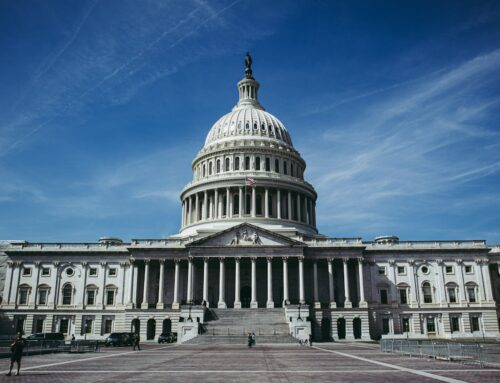Like a budgetary asteroid heading for earth, the post-election harbinger of doom is the so-called fiscal cliff where the 2001 and 2003 tax cuts expire and a sequestration meat cleaver whacks at government spending.
Of course it doesn’t have to be this way, and in fact it wasn’t meant to be this way. The expiring tax cuts were punted to the end of 2012 the last time they were set to expire at the end of 2010. Sequestration – a fancy budget wonk term for across-the-board cuts – was supposed to be the scary teeth that would have gotten a “Super Committee” of House and Senate, Republican and Democratic lawmakers to come up with at least $1.2 trillion in deficit reduction last year. Evidently the teeth were not sharp enough, because here we are.
There’s a lot of debate over extending all or a subset of all the tax breaks, and it’s not clear that the election will put that to rest. Ideally, this whole package would become the domain for fundamental tax reform, or even better some of these being used in a “grand bargain” that would defuse sequestration.
So what it is this evil sequestration and how does it work? For something as straightforward sounding as across-the-board cuts, it’s pretty tricky.
In an attempt to motivate the Super Committee to work together, Congress made it clear that (almost) every special interest would take a hit. The goal was $1.2 trillion in deficit reduction over nine years, and any savings gained by the Super Committee would reduce the total to be cut. They didn’t save diddly, so $1.2 trillion it is. First, you assume that interest payments on cash borrowed in the future are reduced because cutting spending reduces future borrowing. That shaves $216 billion off the total. Only $984 billion to go. Next, divide by nine (FY13-FY21) and you get $109.3 billion per year. The law says half of that cut is to the non-defense side of the ledger, the other from defense. Certain areas like Social Security are exempt and Medicare gets only a two percent cut. From FY14 on, there is a cap on discretionary spending levels (the amount Congress and the Administration play with every year) and an across-the-board sequestration (percentage cut) of mandatory spending (some farm payments, some road project funding, and many other discrete accounts within agencies) to achieve the revised total spending level.
FY13 is different than the remaining eight years because a quarter of the fiscal year will be over by the time sequestration kicks in January 2, 2013, and money will have been spent in the first quarter at a level higher than the sequester allows. So, the Office of Management and Budget will cut a certain percentage of spending in the discretionary and mandatory accounts to get the requisite savings in the defense and non-defense areas to catch up. That’s why 2013 will be such a shock if sequestration kicks in. Indiscriminate across-the-board whacks cut defense discretionary spending by more than nine percent and non-defense by more than eight.
So there it is, in under 300 words. That’s the mess the nation is facing 24 hours after the ball drops in Times Square in three months or so.
Lawmakers and the administration complain about the idiocy of sequestration and how it is irresponsible to let it occur as if sequestration dropped from the sky without warning. They’re right. It is irresponsible. In fact the only thing that would be more irresponsible is to simply undo it and ignore the deep budgetary hole we’re in. The markets were jittery last summer when a final deal to raise the debt ceiling was struck (that’s what gave us the Super Committee and sequestration). To not follow through on what the nation’s leaders promised to do is inexcusable. So how about this: cut spending and raise revenue in a smart and targeted way to reduce the deficit by trillions of dollars. Here’s one plan we at Taxpayers for Common Sense came up with, but Congress, feel free to use the Domenici-Rivlin plan, or the Simpson-Bowles plan, or put your heads together and come up with a new plan. Just do it.
TCS Quote of the Week:
“The inability of so many political leaders today to step outside their ideological cocoons … has become the real threat to America’s future.”
– Former Defense Secretary Robert Gates during an event on national security and debt earlier this week. (The Hill)










